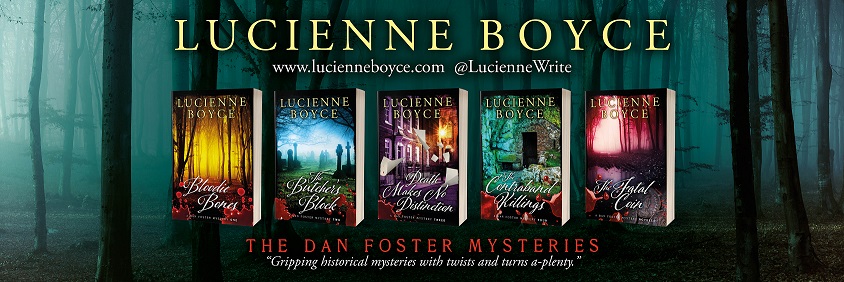Today’s
guest was Bristol writer Mike Manson. Mike has written a number of non-fiction
books about Bristol, including Riot! The
Bristol Bridge Massacre of 1793; Bristol Beyond the Bridge: The Turbulent Story of
Redcliffe, Temple and St Thomas from the Middle Ages to Today, and most recently Vice and Virtue: Discovering the Story of Old Market, Bristol.
It was while researching Bristol’s history
that Mike realised he wanted to take the stories further, and that to do so he
needed to write fiction. His first novel, Where’s
My Money, is set around Bristol’s Nelson Street dole office in the 1970s. It
was one of the books selected for the BBC television programme The Books That Made Britain.
Mike’s second novel is Rules of the Road, a quirky coming of age tale set in 1975 about two
young men’s journey across Europe to Greece looking for love and adventure. The
book looks back to the days before Rough
Guides, and to research it Mike and his wife travelled from Montpelier
railway station in Bristol to Albania – without a map or guide book.
Bristol
is very different to what it was when Mike first came here in the 1970s and on
the show we talked about some of those changes. Mike also told us about the
smallest literary festival in the world – ShedFest. ShedFest has been running
for a couple of years now and takes place in the shed in Mike’s garden. A ShedFest
anthology has been published, and now there are plans to move the festival out
to a local restaurant and invite members of the public along.
You
can find out more about Mike and his books at
You can listen
to the show here (10 am to 11 am)
Silver
Sound is broadcast by BCfm 93.2 fm between 10 am and mid day on Thursdays and
Fridays. I’ll be back on the show on 24 February 2017 with another fabulous
guest!

Comments
Post a Comment